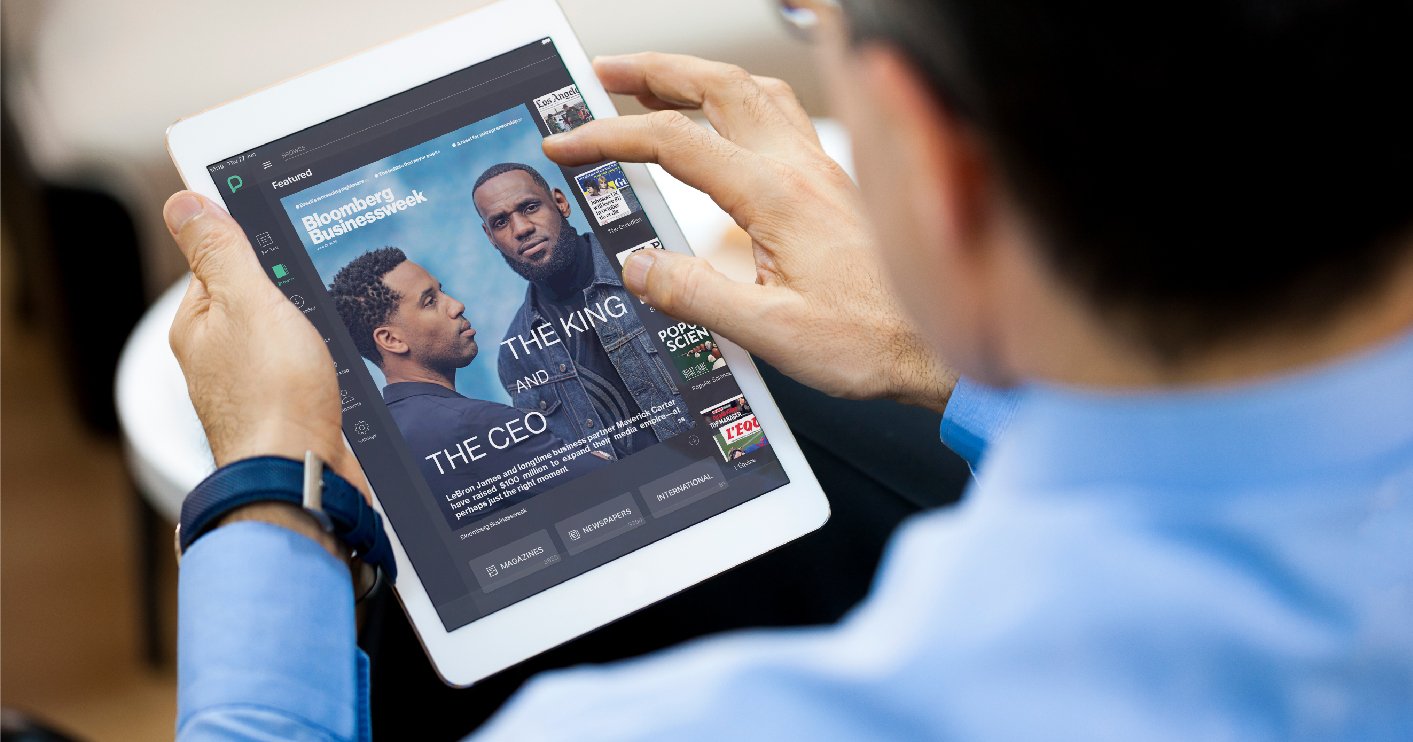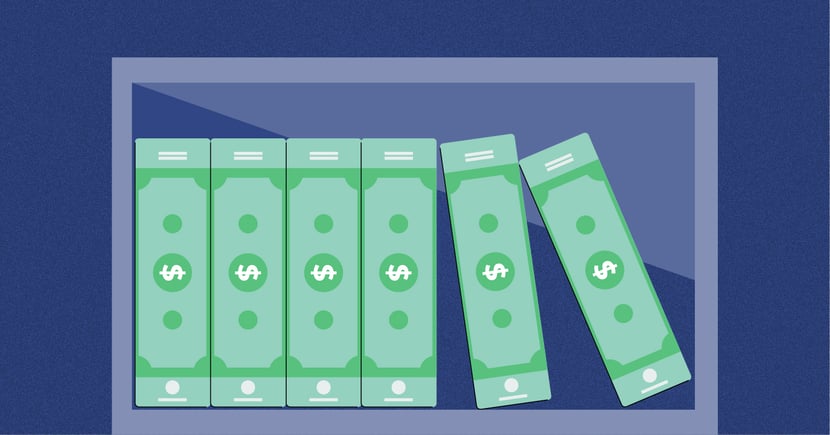New ideas, no matter how brilliant, take planning and resources to execute. By presenting their library’s budget to stakeholders, librarians show that they’re thinking practically — that they know what it will take to implement their plans, and they’ve allocated the money to do so.
But librarians don’t always have the tools needed to build an effective budget. It’s not always included in a traditional library sciences education and the stakes are high. On top of these worries, budgeting is becoming more complex for libraries than ever before. This is a time of profound change for public libraries — many are recognizing that they must evolve their programming, services and even operational models if they want to stay relevant.
In short, library budgeting is no longer just a matter of updating last year’s line items with current dates and dollar figures. In 2021, savvy librarians likely have a host of exciting new activities to plan — and that means drawing up an effective budget that gains buy-in across departments and stakeholders. Here, we’ll break down a few budget categories that librarians must account for, and provide a handy checklist on how to make a library budget.
See also:
1. Digital outreach and marketing

Today, just about every organization is expected to have an online presence — libraries included. Your library’s digital footprint is the first impression you’ll make on many patrons, so it should be taken seriously.
If you’re reading this and feeling uncomfortable or overwhelmed by the idea of trying to market your library digitally, there’s an easy solution: don’t try to do it all yourself. Instead of rushing through it, treating it as an afterthought or dumping new responsibilities on already-busy staff, hire someone with expertise and experience in this area.
As you’re determining what types of marketing would best support your facilities — be it social media, digital event promotion or something else altogether — allocate budget to bring on an expert. That could mean hiring a part-time consultant to help you build a strategic plan, or a full-time marketing specialist to handle day-to-day execution. The upfront cost will be well worth it when the resources and energy you put into digital marketing see a return, plus they can ensure the rest of your marketing budget is being spent effectively.
2. Community support and social services

The challenges of the last year brought communities together in entirely new ways, and many librarians found themselves stepping into new roles as impromptu social workers and community outreach workers — an existing trend that was only exaggerated by COVID-19.
As the role of libraries continues to evolve, forward-thinking librarians are looking for ways to support their patrons and proactively offer services to help those in need.
One of the most significant ways libraries have already adapted to the digital age is by democratizing access to technology. Desktop computers for community use are now standard in most facilities — but there are plenty of other tools patrons need to succeed in today’s digital world. As you build your budget, consider buying smartphones or Chromebooks to loan out to your members, and be sure to project how offering guests free high-speed WiFi will impact your internet bill.
Adding new services can go beyond information and technology access — and these initiatives should be guided by the needs of your local community. For example, you could invest in medical supplies and staff training if your area has been affected by the overdose epidemic, or repurpose flex spaces as short-term shelter if homelessness is an issue in your community.
3. Expanded programming

For libraries to truly integrate into their communities and become hubs of connection, their programming must respond to their patrons’ needs, interests and preferences. That means offering programs and services beyond the typical childrens’ art classes and teen study groups. This might involve allocating funds to community or market research in order to determine what kind of topics your patrons are actually interested in.
For example, maybe the parents in your community would enjoy an iPhone photography class to help them take better photos of their kids. Or, people living in an area with high unemployment might appreciate resume-workshopping or career-coaching sessions. Taking the time to identify what will mean the most to your patrons is critical as you plan out next year’s budget.
4. Remote access

As audience demands and behaviors have shifted, libraries’ offerings must adapt, too. Much of a library’s budget will be focused on bringing patrons into a physical branch — but the library’s role in the community doesn’t end when people walk out the door.
In an age defined by access to information, libraries can evolve to act as portals to a wide variety of reputable, reliable sources, curating the massive amounts of content available online and making it available to patrons on-site and remotely. Through a digital newsstand, like PressReader, patrons can read more than 7,000 publications remotely by logging in with their library card. Other types of subscription services also give patrons access to high-quality content, such as documentaries and independent films. Some libraries are also offering cardholders access to learning platforms like Skillshare and Udemy, breaking down the barriers that can prevent people from gaining new hobbies and professional skills. Others still have digitized their full book collection, so that members can check books out from home.
Public libraries will increasingly need to budget for technology that empowers their media literacy and education goals among those who don’t visit a branch in person.
But how do we pay for it?
As exciting as these new directions for growth may seem, librarians can’t afford not to worry how their library will make money. Many facilities haven’t even recovered from the recession, let alone the impacts of COVID-19, and budgets have never been tighter.
In this climate, it may be time to start looking outside the traditional funding sources of federal, regional and municipal grants. While abandoning public funding is not the goal, libraries need to get creative about how they can supplement these revenue streams while bringing value to their communities.
We’ve suggested strategies like on-premise coffee shops and resources like workspaces and conference rooms that can be rented out by the hour. Far from corrupting libraries’ mission of supporting open access to information, these techniques make it possible — while providing in-demand services to their community at a lower cost than could be found elsewhere.
This is a time of growth for public libraries. Assessing how resources are spent means evaluating which truly respond to the needs of patrons, and which are legacy activities that are continued simply because that’s the way we’ve always done it.
For librarians who are up to the challenge, it’s a time of excitement and possibility. But to make this vision of the future a reality will take some careful financial planning — and that starts with your public library’s budget.
If it’s time to create your library’s budget and you don’t know where to start, we’ve created a free, downloadable guide to make the process easier.
Get your copy of How to build a library budget: a checklist here.







